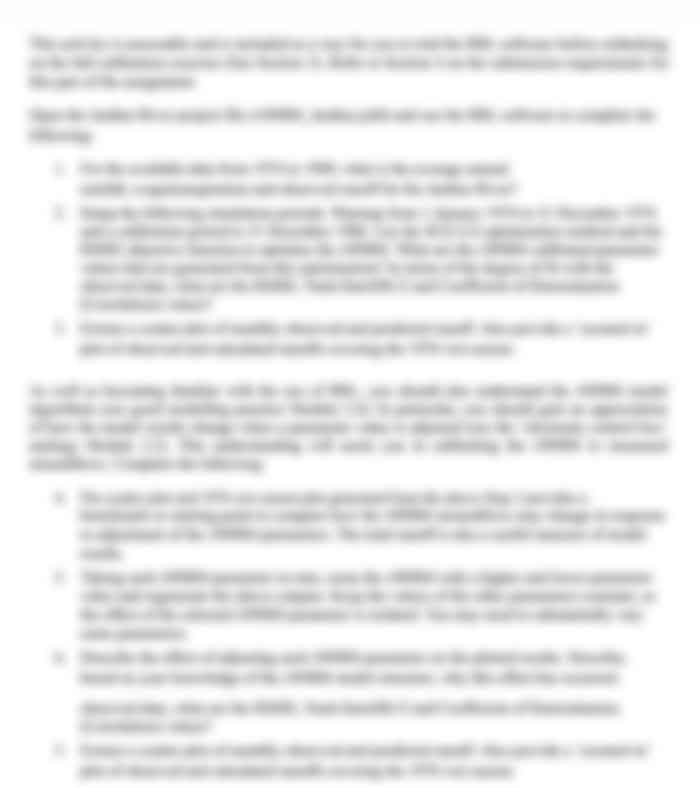BTEC Business and Business Environment Assignment
- Subject Code :
BTEC
- University :
London Churchill college Exam Question Bank is not sponsored or endorsed by this college or university.
- Country :
Australia
Introduction
Business activity is fundamental and universal to our everyday lives. Business organisations may differ in many ways, depending on the industry in which they operate globally, but they do share one common feature: the transformation of inputs into outputs. This transformation process takes place against a background of external influences that impact on business activity. The external environment in which business organisations operate is dynamic, complex, volatile, and interactive.
The aim of this unit is to give students background knowledge and understanding of business, of the functions of an organisation and of the wider business environments in which organisations operate. Students will examine the different types of organisations (including for profit and not for profit), their size and scope (for instance micro, SME, transnational and global) and how they operate. Students will explore the relationships that organisations have with their various stakeholders and how the wider external environments influence and shape business decision making.
The knowledge, understanding and skill sets that student gain in this unit will help them to have an insight into different business functions, which will support them with further study, support the development of analytical thinking and the application of key analytical tools used throughout business planning, and enable them to choose their preferred areas of specialism in future studies and in their professional career.
Learning Outcomes
By the end of this unit students will be able to:
LO1 Explain the different types, size, and scope of organisations
LO2Demonstrate the interrelationship of the various functions within an organisation and how they link to organisational structure
LO3Use contemporary examples to demonstrate both the positive and negative influence/impact the macro environment has on business operations
LO4Determine the internal strengths and weaknesses of specific businesses and their interrelationship with external macro factors.
Starting a Business, Types and Business Environment
Rachel graduated from college one month ago and is now thinking about her future opportunities. She wants to start a business because she feels that it will give her independence, freedom, more skills, and it is overall better for her future. Rachel is interested in opening a chain of food outlets and the first restaurant she wants to open will be a breakfast and coffee shop in Green Street.
However, she is not sure about which type of business she should run. She knows that all companies do not run in the same way and there are three types of companies which she can establish. To decide, she is looking at the differences between all three types:
1.Sole Proprietorship:
This type of business is the easiest to start and end. Here, just one person manages the business. The advantage is that after all the taxes and costs, the remaining profit is just for the owner of the business. Also, there are fewer rules to follow, and the owner has the freedom and flexibility to take decisions in the business.
But there is also a disadvantage of these types of businesses. They are difficult to manage, and the owner must work extremely hard to sustain the company. Rachel knows that if she starts this type of business, she cannot share the responsibility with anyone.
2.Partnership
Rachel is aware that if she goes for partnership, she will have more people to share experience and skills with. Partners also manage the business together, which means that they share the responsibilities of the business. Rachel has noted that in a partnership business, each partner pays their own tax from their profit. Another positive point about this type of business is that there is less time pressure for each partner. But Rachel thinks it is difficult to make decisions and if both partners do not have the same plans about the company.
3.Limited company
While researching about companies, Rachel found out that the third type of businesses is known as a limited company, and it has further two types: private limited companies and public limited companies. For the private limited companies, these are small businesses that do not trade on the Stock Exchange. But for public limited companies, they are usually big businesses, and they register themselves on the stock exchange.
Rachel found out that in these businesses, there can be multiple owners and they all own the business in the form of shares. These individual owners of the business are known as shareholders.After her research, Rachel has decided to go for partnership. While designing the organisational structure, she is trying to establish a strong interrelationship among the organisational functions, objectives and structure. She believes that the strength of interrelations is necessary in order to operate the business smoothly and provide exemplary series to the customers. She is also aware that it is simply not enough to create all the functions within the organisation but there is also a need of them being interconnected along with better control and leadership as it will be substantial in serving a large customer based and enjoy competitive advantage. Any business strategy that improves the relationship between business functions is more likely to meet business objectives. Additionally, organisations cumulative efforts can generate synergistic effects for their firms. Having the functions communicate effectively can help provide the necessary information that can contribute to decision-making. Furthermore, enhancing corporate culture is possible through greater interdependence between the different business functions.
Next up, Rachel is looking at both macro and microenvironments of the hospitality sector. She is conscious that business decisions, strategies, and growth are influenced by macro environment factors. Various external factors make up the macro environment, including physical, natural,demographic, economic, technological, political, legal, and sociocultural factors. This analysis of the macro environment is called a PESTEL analysis. PESTLE is an approach that identifiesexternal elements likeopportunities and threats. It is pertinent to remember that external factors cannot be completely controlled either by businesses or governments. Nevertheless, careful decisions and strategies can minimize the effects on the economy.
In order to achieve long-term sustainability, companies try to predict macro-environmental factors. By undertaking macro analyses, firms can prepare for future challenges as well as opportunities. Macro environment analysis looks at the economy from the top-down. However, it is a challenge to collect data from a variety of sources as it is not readily available. Before starting her business, Rachel wants to look at macro environment factors to understand how these have an impact on the business.
Further, during her research for her new business idea, Rachel has identified that she needs to apply the SWOT analysis frequently. SWOT is a mnemonic which stands for Strengths, Weaknesses, Opportunities, and Threats. This analysis organizes the top strengths, weaknesses, opportunities, and threats into an organized list and is usually presented in a simple two-by-two grid.
- A strength is a positive characteristic - tangible and intangible - of an organisation that is independent of its external environment.
- A weakness is an internal factor that an organisation can control that impedes its ability to achieve its goal.
- An opportunity is an external factor that promotes the existence and development of an organisation. In what ways does the environment offer opportunities for organisational growth?
- A threat is an external factor outside the control of an organisation and could pose a risk to the operation or mission of that organisation.
It's important to note that strengths and weaknesses are intrinsic or non-intrinsic assets that help to create value, or their absence, as it relates to competitive forces. Threats and opportunities are external factors generated by the market dynamics resulting from future gaps in the market, not by the organisation itself.
Are you struggling to keep up with the demands of your academic journey? Don't worry, we've got your back! Exam Question Bank is your trusted partner in achieving academic excellence for all kind of technical and non-technical subjects.
Our comprehensive range of academic services is designed to cater to students at every level. Whether you're a high school student, a college undergraduate, or pursuing advanced studies, we have the expertise and resources to support you.
To connect with expert and ask your query click here Exam Question Bank

